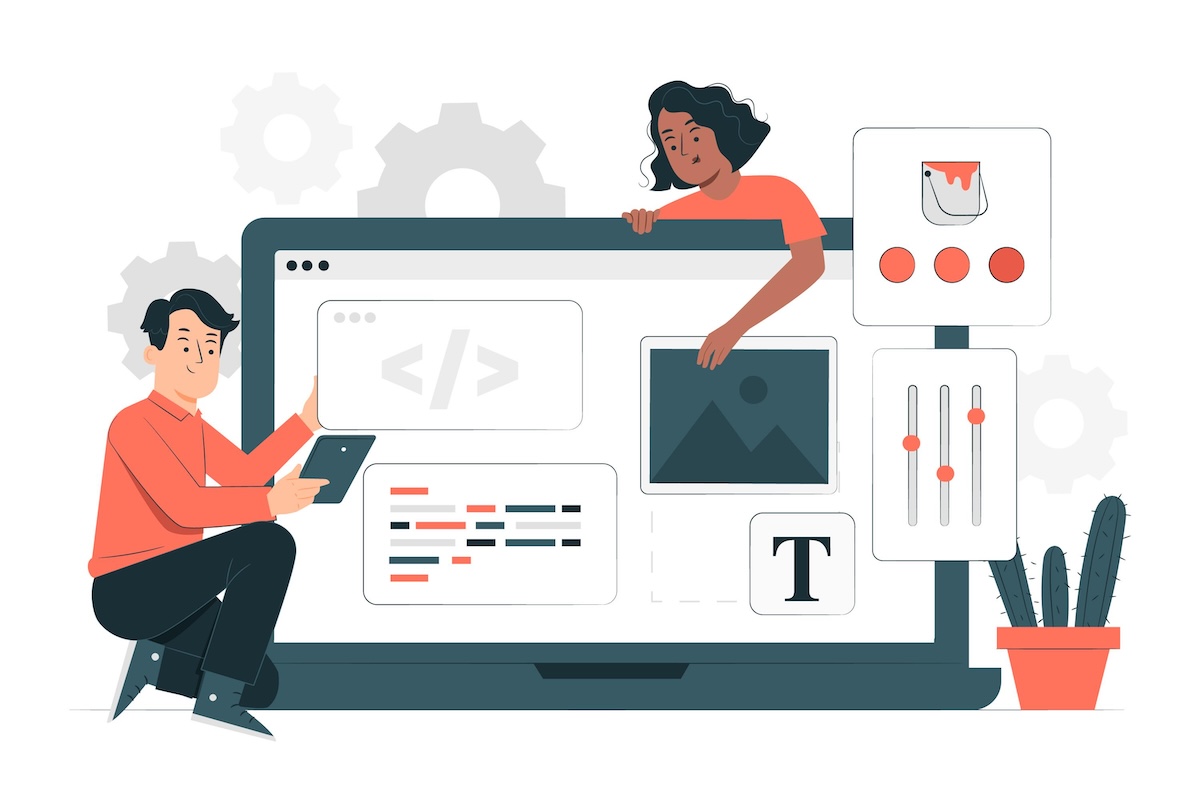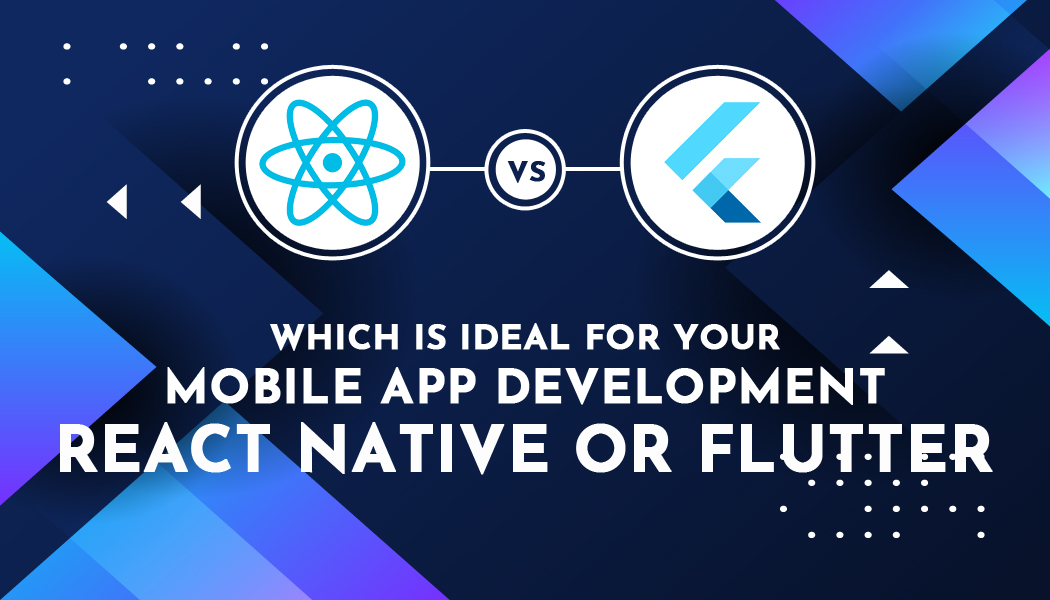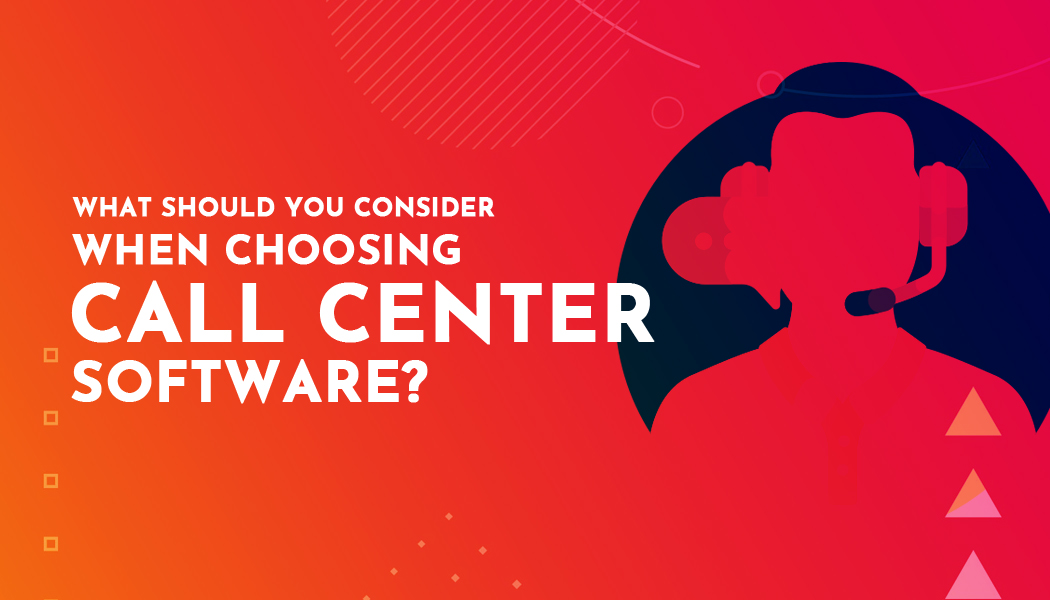Unveiling the 7 Essential Components for an Exceptional Website
Even a beginner can identify what makes a good website, but when it comes to building one, things get complicated. A modern website design is way more than aesthetics and visual elements. It affects the SEO, the perception of your brand by people, and how users behave when they reach the homepage of your website.
Your entire online presence and reach depends on your website which makes it vital to have a user-friendly, accessible, and attractive website design. Whether you need to build it from scratch or want to get an existing website redesigned, hiring an experienced web designer will be the best option for you. Further, we’ll check out some essential components of a successful and exceptional website.
7 Essential Components of a Successful & Exceptional Website

The primary thing that attracts visitors to a website is its design and it has over 75% affect on the credibility of a website. Also, more than 67% of people prefer purchasing from websites that are mobile-friendly. Let’s see the essential components that you must have in your website.
1. Well-Defined Website Goal or Purpose
You need to be clear about the goal and purpose of your website in order to have an ideal design. Ask yourself about what are your needs and requirements from the website. Do you want an E-Commerce design or you want it to be an informational website? This will allow you to choose the best layout and the necessary features for your website.
With an effective and well-designed website, you can engage with clients, attract potential long-term customers, and also use it as a marketing platform. Based on your industry and your purpose, the website should meet all standards and requirements.
2. Easy-to-Access & User-Friendly Navigation
Your website’s design should be easy to navigate and it should be simple for users to access all menu elements from any webpage of your site. The user should know about where he is on the website and it must be easy for him to navigate to any other page he wants to visit.
Make sure to use a sitemap if it is available. Users can have a basic understanding of your products and services just through information available on your sitemap. Also, always focus on utility and not on complex navigation. There is a thin line between annoying menus and interactive, helpful menus.
3. Outstanding & Attractive Homepage
Over 90% of all website visitors will jump to a conclusion about your site and your business, just after checking out your homepage. You have very less time to leave an impression when a user lands on your homepage and it should instantly tell them about your offerings and services.
Using the right web design tools, you must incorporate your brand’s logo, slogans, and other promotional messages on the homepage. Also, the opening text and content must be engaging enough so that visitors don’t leave your website just after landing on it.
4. Aesthetic Visual Design
Users are more attracted to visual elements like animations, graphics, images, GIFs, and more, instead of plain text. Thus, visual appeal is really important to provide engaging web experiences to your users. Make sure your designer understands this and maintains uniformity between your website’s visual design and your brand logo and imagery.
When users find your website attractive and pleasant to look at, they will spend more time and engage with your content, services, and products on offer.

5. Informational & Unique Content
Content will form the foundation of your website and also influences SEO and search engine result page rankings. If users find your content outdated, boring, or irrelevant, then they won’t spend much time on your site. Make sure that the content is easy-to-read, informational, and placed strategically.
Also, your services and products should be described properly and in-depth so users know what you are offering them. Unique content will work wonders for your website, instantly improving the website design by making it user-friendly and appealing.
6. High-Speed & Responsive
No matter how beautiful or informational your website is, people will go away if it’s slow and takes a lot of time to load web pages. Your web designer must ensure that there are no broken graphics, dead links, unnecessary slugs, etc. through regular audits and checks of the website.
Use different tools to check the web page loading speed and make sure that your website is quick and highly responsive. If the website speed is slow, you can consider using compressed images, disabling certain tools and plugins, and optimizing content. Users love websites that are quick and don’t operate at a turtle’s speed.
7. Mobile-Friendly Optimization
Over 60% of all users worldwide browse the internet and visit websites on their smartphones. This is the reason that major websites are mobile-friendly and you should optimize your website accordingly as well. You’ll lose a lot of traffic if your website is good on a web browser but fails to perform on a mobile browser.
It’s essential to optimize your website for smartphones, and make sure that it looks great and responds quickly on any device it is opened on. Also, most search engines in today’s time prefer mobile-friendly sites, and rank them higher in search results. So, make sure to provide engaging web experiences to smartphone users as well.
Conclusion
If you run a business, then an effective and well-designed website will allow you to connect, communicate, and engage with potential clients. You can market your offerings and make them familiar with your products and services. We read about the essential components of a successful and exceptional website in the above post.
Make sure to work with an experienced designer who uses the right web design tools to build your website. With a user-friendly and attractive website, you can push your brand’s online presence to great heights.




